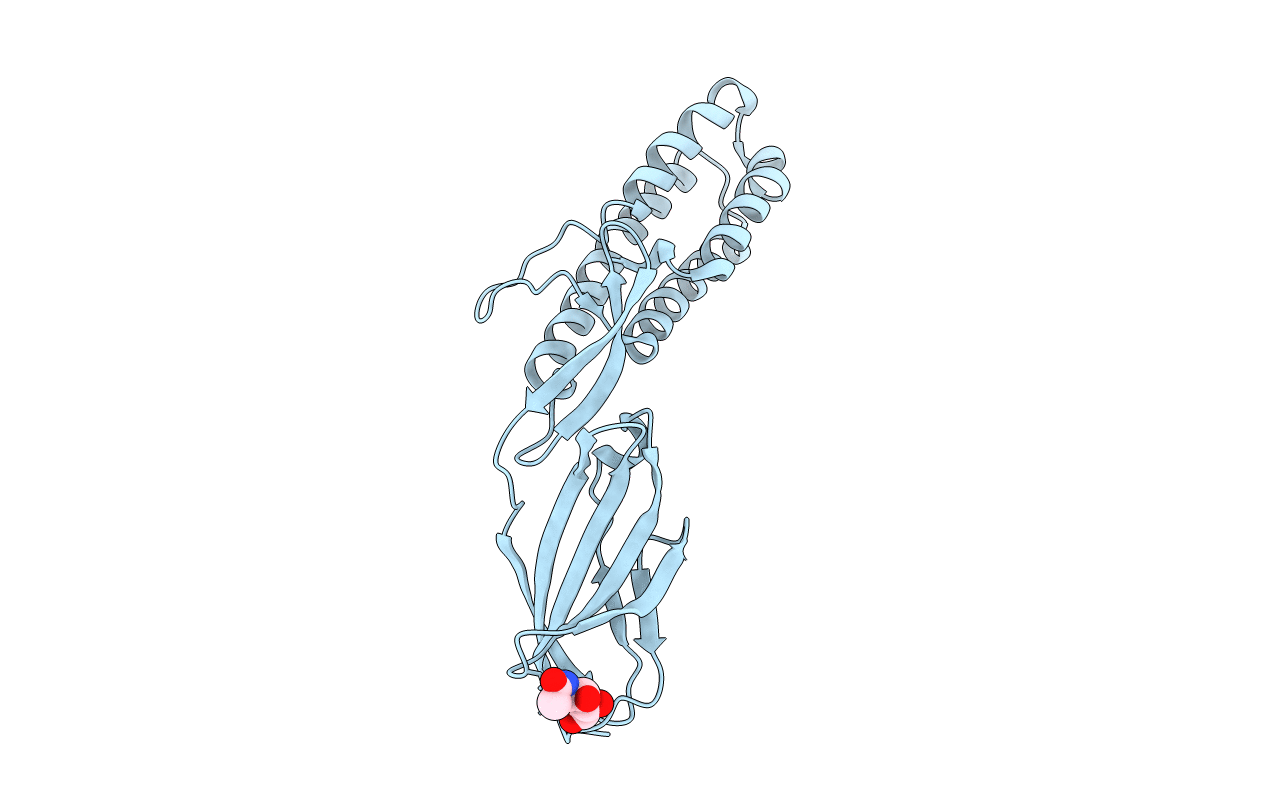
Deposition Date
2015-12-03
Release Date
2016-06-15
Last Version Date
2024-11-06
Entry Detail
PDB ID:
5F4T
Keywords:
Title:
Crystal structure of the human sperm Izumo1 residues 22-254
Biological Source:
Source Organism:
Homo sapiens (Taxon ID: 9606)
Host Organism:
Method Details:
Experimental Method:
Resolution:
3.08 Å
R-Value Free:
0.24
R-Value Work:
0.21
R-Value Observed:
0.22
Space Group:
H 3


